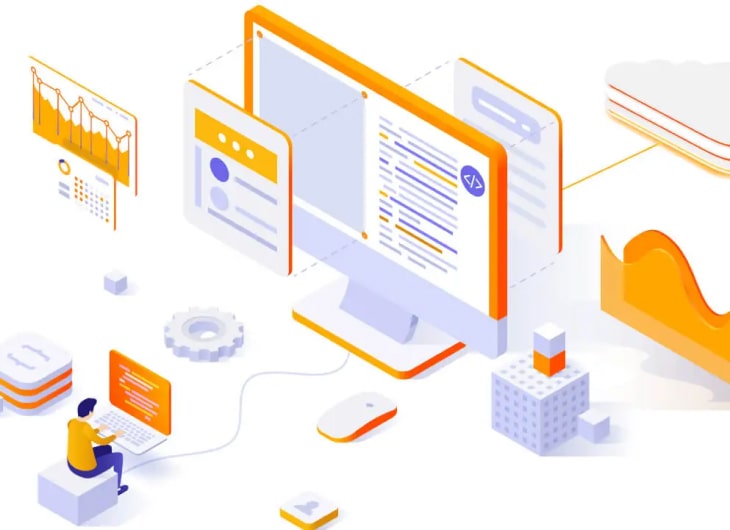Contact Info

In an ever-evolving market, the ability of software to adapt and remain relevant is crucial for sustained success. Future-proofing software involves strategies that anticipate and respond to changes, ensuring adaptability to dynamic market conditions. Here are key elements to consider:
1. Flexible Architecture and Scalability
Designing software with a flexible architecture is essential. This allows for easy integration of new features and technologies, accommodating changes without requiring a complete overhaul. Scalability ensures that the software can handle increased loads and user demands as the market expands.
2. Embrace Emerging Technologies
Stay updated with emerging technologies and trends. Integrating these into your software can enhance its capabilities and keep it aligned with market demands. Technologies like AI, blockchain, and IoT can revolutionize software functionality and user experiences.
3. Agile Development and Continuous Improvement
Adopt agile development methodologies to allow for rapid iterations and updates. Continuous improvement through feedback loops and regular updates ensures that the software stays relevant, addressing user needs and market shifts promptly.
4. Modularity and Interoperability
Creating software with modular components promotes flexibility and interoperability. This enables easier updates and integrations with other systems or software, allowing for seamless adaptations as requirements evolve.
5. Security and Compliance Measures
Ensure that your software meets security standards and compliance requirements. As regulations and security threats evolve, maintaining high standards of security is essential for the software's longevity and user trust.
6. User-Centric Design and Feedback Integration
Prioritize user feedback and experiences. User-centric design helps in understanding evolving user needs, ensuring that the software evolves in line with changing preferences and behaviors.
7. Future-Proofing Strategy
Develop a comprehensive future-proofing strategy. This includes regular assessment of market trends, technological advancements, and potential disruptions to pre-emptively adapt and innovate your software.
8. Collaboration and Partnerships
Collaborate with other industry leaders, tech experts, and partners. Partnerships can offer insights, resources, and opportunities to enhance the software, making it more adaptable and aligned with future needs.
In a fast-paced market, the key to future-proofing software lies in its adaptability. By prioritizing flexibility, innovation, security, and user-centric design, software can effectively navigate market changes and remain relevant in the face of evolving needs and technology.